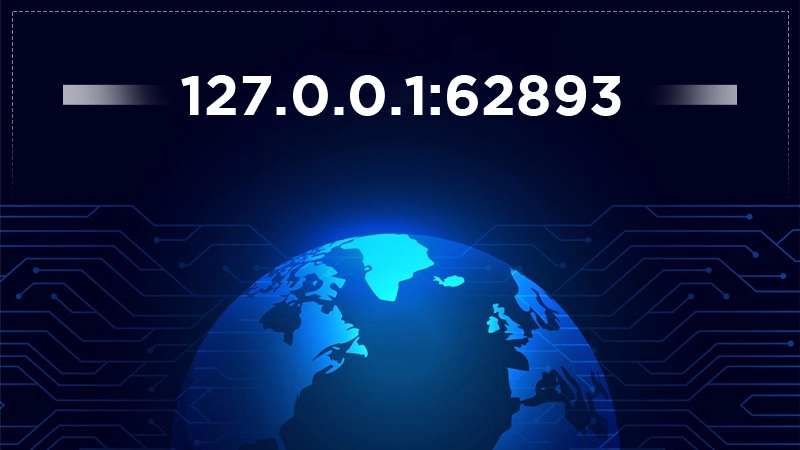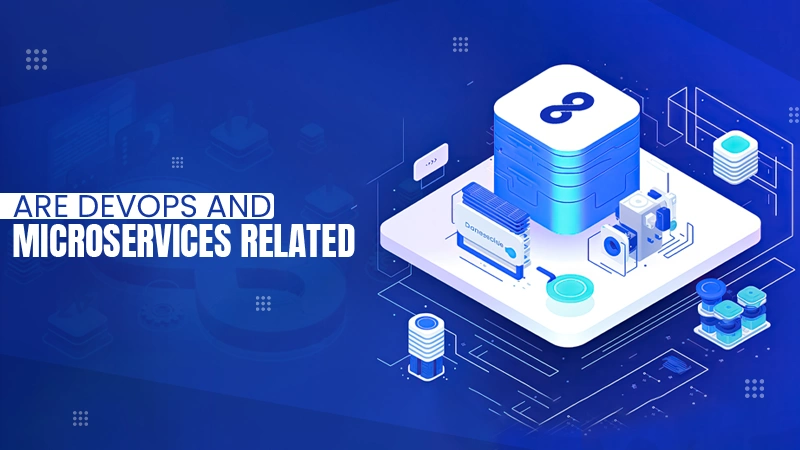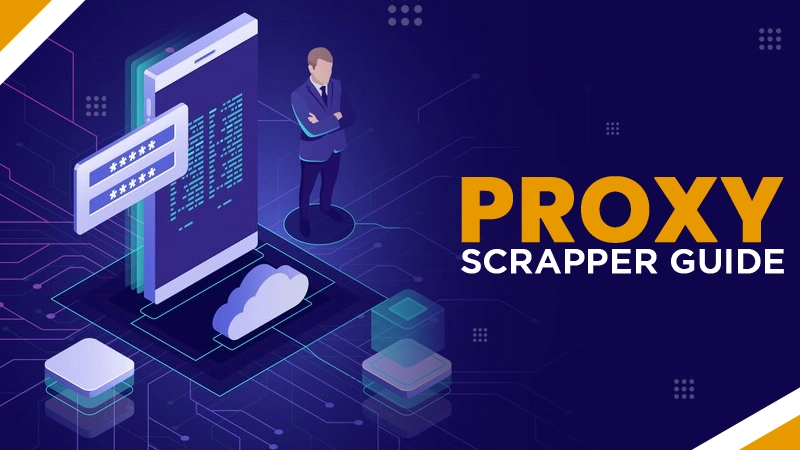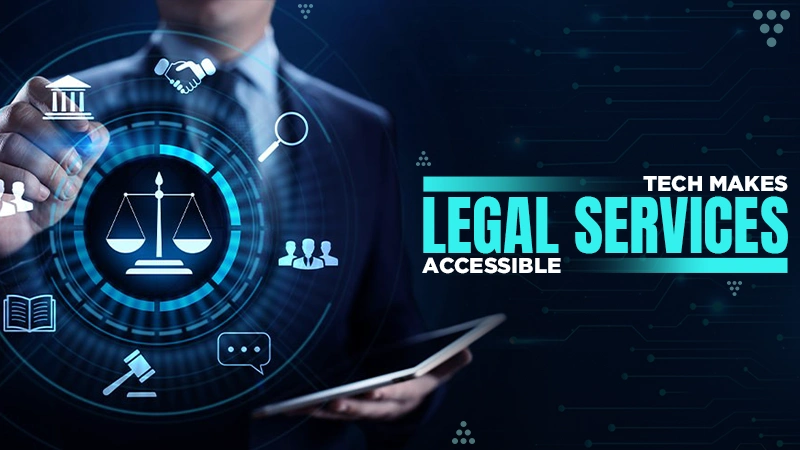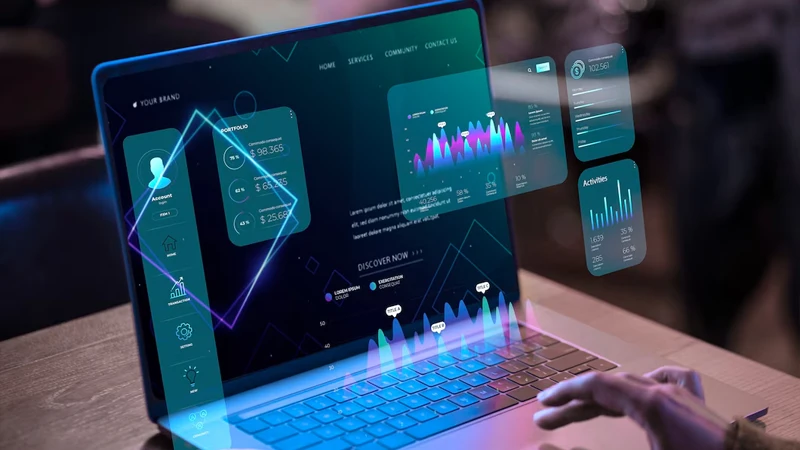Cybersecurity in a Connected World: Threats and Solutions

Owing to technological advancements and the Internet, the globe is becoming more interconnected every day. This implies, therefore, that there is an increased risk of cyberattacks.
Preventing malevolent actors who aim to take advantage of weaknesses, steal data, or inflict harm on digital systems, people, and data is known as cybersecurity.
We’ll talk more about the development of cybersecurity risks in this post, along with some precautions manufacturers can take to safeguard their systems.
The Evolving Threat Landscape
The cybersecurity threat is no longer a theoretical concept; it has become a harsh reality.
Recent incidents, such as the Colonial Pipeline shutdown and the Solarwinds cyber attack, vividly illustrate the dangers of cybercrime and cyberterrorism. In the former, hackers successfully took control and halted a vital U.S. pipeline, resulting in fuel shortages across the east coast and deep south.
The cyber attack was even more insidious, as hackers infiltrated an IT firm and conducted covert surveillance on numerous U.S. companies and government agencies for months, evading detection.
This threat applies equally to today’s internet-connected vehicles.
5 Most Common Cybersecurity Threats
Malware and Phishing Attacks
Two common cybersecurity threats are malware and phishing attacks. Phishing involves deceptive emails impersonating trusted sources, often sent widely or with personalized precision like “spear phishing” and “whaling”.
On the other hand, malware encompasses harmful software like viruses and ransomware, which can seize control of your system, monitor your activities, or covertly transfer sensitive data to the attacker.
In both cases, user actions, like clicking malicious links or opening seemingly innocent email attachments, are often exploited to introduce these threats.
DID YOU KNOW?
560,000 new pieces of malware are detected each day. There are currently more than 1 billion malware programs. 4 companies are attacked by ransomware every minute.
Data Breaches and Identity Theft
Protecting sensitive data is paramount in today’s interconnected business environment, particularly when considering supply chain cybersecurity risks. These risks are a significant aspect of the complexities faced by modern supply chains, which are increasingly vulnerable due to the digital nature of their transactions and data exchanges.
While exploring the broader challenges of digital security, addressing cybersecurity risks is crucial. These risks often manifest as potential exposures of confidential information, a threat that extends across every link in the supply chain. From inadvertent leaks to malicious breaches, the consequences of such exposures can be severe, leading to issues like identity theft and compromised personal and organizational privacy.
Acknowledging and addressing these risks is essential for safeguarding operational integrity. It involves implementing strong security measures and fostering a security-aware culture among all stakeholders. By proactively tackling these risks, supply chains can enhance their resilience against cyber threats, ensuring the continuity and reliability of their operations in an increasingly digital world.
Social Engineering Tactics
Hackers have evolved into cunning manipulators who now exploit human and technological weaknesses. Social engineering tactics like phishing, pretexting, and baiting frequently trick staff members into disclosing private information.
Two useful countermeasures for social engineering assaults are multifactor authentication and staff education on these techniques.
Insider Threats
Your staff members may, surprisingly, be a threat to your cybersecurity. Yet, do not worry! The key to reducing insider risks is to monitor employee activity, implement stringent access controls, and regularly undertake security awareness training.
Vulnerabilities in Critical Infrastructure
Security flaws have emerged as a top worry with the quick expansion of IoT devices. Devices may be vulnerable to exploitation due to unpatched software, weak default passwords, and unsecured networks.
One of the most significant things to secure IoT devices is to keep strong passwords, update software frequently, and isolate IoT networks from necessary corporate equipment.
The Role of Technology in Cybersecurity

- How Technology Both Contributes to and Mitigates Threats
Technology is a cybersecurity double-edged sword. Malicious actors can launch more complex and extensive cyberattacks with it.
But it empowers defenders to detect, avoid, and respond to attacks. A perpetual cat-and-mouse battle between attackers and defenses emphasizes the importance of technology.
- Discussion of AI and Machine Learning in Threat Detection
In the fight against cyber threats, artificial intelligence (AI) and machine learning (ML) have become formidable partners. Large volumes of data can be analyzed in real time by these technologies, and they can spot patterns that human analysts might miss.
Based on past data, AI-driven threat detection systems can recognize abnormalities, locate possible weaknesses, and even forecast upcoming attacks. Organizations may now keep one step ahead of fraudsters because of the proactive nature of AI and ML in cybersecurity.
- Encryption and Secure Communication Methods
Digital communication relies on encryption. It protects networked data. Strong encryption protocols and algorithms must protect private information, financial transactions, and government communications. End-to-end encryption restricts content access to the intended receiver. You can buy an SSL certificate, a digital certificate that verifies a website’s legality and enables a secure connection (encrypted connection). The purpose of an SSL certificate is to create a secure connection between a web server and the browser (client). If you are in search to enable an encrypted connection for your website, consider buying a cheap SSL certificate. As a result, you will have a future-proof and secure website that keeps malicious actors away from doing any malicious activities.Virtual private networks (VPNs), secure socket layer (SSL) certificates, and two-factor authentication are further techniques included in secure communication methods. Malicious actors find it far more difficult to intercept, eavesdrop on, or alter records during transmission, thanks to the layers of protection these technologies provide.
Cybersecurity Best Practices
- Importance of Strong Passwords and Multi-Factor Authentication:
Safeguarding your digital presence requires strong, unique passwords for online accounts. Uppercase, lowercase, numerals, and special characters make a powerful password.
MFA is necessary because even the strongest passwords can be compromised. MFA improves security by requiring two or more authentication methods before providing access.
- Regular Software and System Updates:
Cybersecurity requires updating software, apps, and operating systems. Developers repair vulnerabilities and problems hackers may exploit via updates.
Ignoring updates exposes systems to attacks. Check for pending updates and set up automatic upgrades whenever possible to secure your digital surroundings.
- Network Segmentation and Access Control:
Network segmentation isolates computer networks to reduce cyberattack damage. This method keeps the network safe even if one section is compromised.
Access control restricts permissions to approved users or systems. Prevents unwanted access and lowers the attack surface.
- Incident Response and Disaster Recovery Planning:
Security problems might happen despite efforts. Minimizing harm and recovering quickly from a breach requires a well-defined incident response plan.
After a security event is found, this strategy specifies who to call, how to contain it, and how to notify stakeholders. If a large disruption occurs, a disaster recovery plan restores systems and data.
The Future of Cybersecurity
Cybersecurity’s future has difficulties and opportunities. As technology progresses, threats increase. Staying ahead of cybercriminals requires predicting future risks. AI and quantum computing vulnerabilities may develop as new assaults.
Vigilance and flexibility are needed to protect our digital world. Cybersecurity must be ongoing. Individuals and organizations should fund employee training, threat monitoring, and updated security. For emerging threats, governments, businesses, and cybersecurity specialists must collaborate.
With the increasing reliability of technology, effective practices need to be considered to protect digital assets.
Conclusion
The world is changing and bringing advancements baked with some troubles that can attack your security. Staying alert and updated with cybersecurity practices is the only way to protect your digital assets.
Consider buying an SSL certificate to secure your data and internet visibility. Get help from experts so your data and organization are protected from dangerous trends and hacking.
Don’t wait for trouble to happen; browse CheapSSLshop to protect your requirements.
